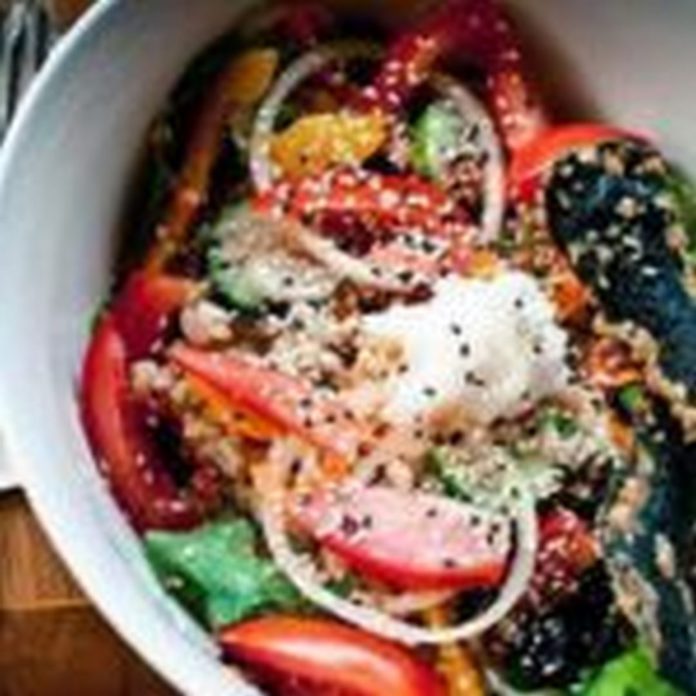
You won’t believe it’s not every food that is appealing to the eye and your sense of smell that is necessarily healthy for consumption.
Surprisingly, some foods we love eating can turn out to be very poisonous and even lead to death in extreme situations.
Some organisms that are responsible for food poisoning are invisible and you therefore cannot tell if the food is indeed okay.
Here is a list of surprising foods that can make you dangerously ill:
Leafy vegetables
Green vegetables such as spinach, kales, and lettuce are enriched with nutrients that we all need. However, they can turn out to be dangerous depending on where they are grown.
They may pick pathogens from infected soil that will then cause food poisoning. Always ensure you wash your greens well before eating them or heat them to kill poisonous bacteria.
Rice
I know this got you by surprise and it got me too. We all love rice and it is a very good source of carbohydrates.
But then, eating left over rice is likely to cause you diarrhea, nausea or vomiting. While in the fields, rice picks Bacillus cereus which is a bacterium that survives even after cooking. The bacteria continue to multiply as the rice cools. As such, it is safest to eat your rice when it is still fresh and hot.
Soups and stews
Moist foods such as soups and stews are most likely to host toxin-producing spores that lead to illnesses. If you have any soup leftovers, store them properly and ensure you reheat them properly before eating them again. Heating will help kill any toxins that might have developed.
Milk
Milk is sweet and healthy until you take it raw and you regret ever taking it. To be on the safer side, always ensure you take pasteurized milk and other dairy products.
Animals may be infected with various diseases which is the reason pasteurization is necessary to kill any bad bacteria.
Chicken
Who would think that chicken could be poisonous? Despite being a surface bacterium, Salmonella bacteria manages to get into the inside of chicken meat contaminating it all.
However, cooking it for up to 165 degrees ensures that the bacteria is killed. Refrigerating the leftovers immediately also prevents the bacteria from multiplying.
